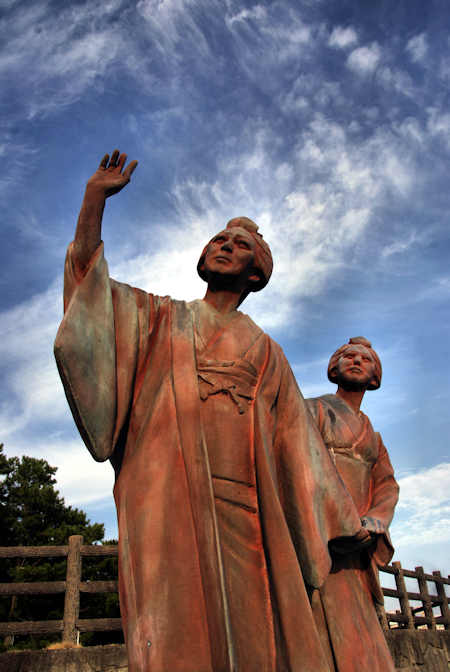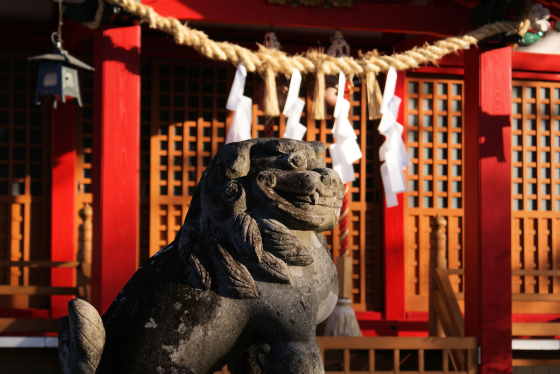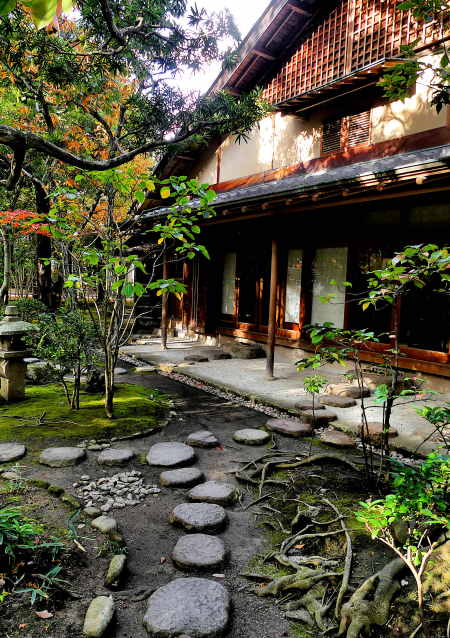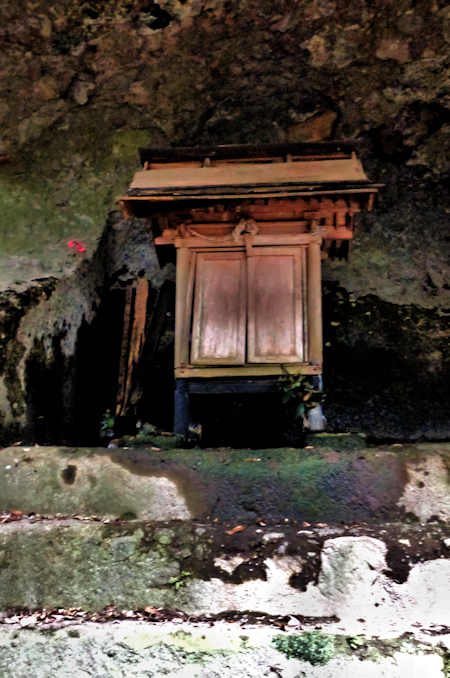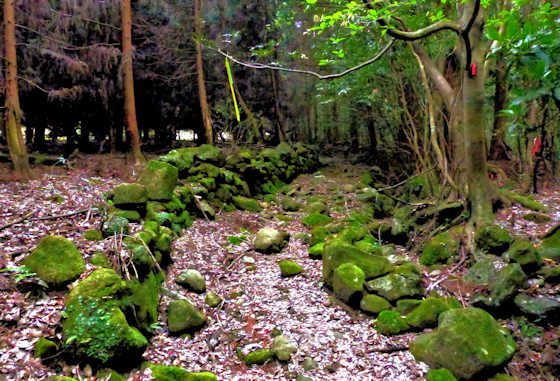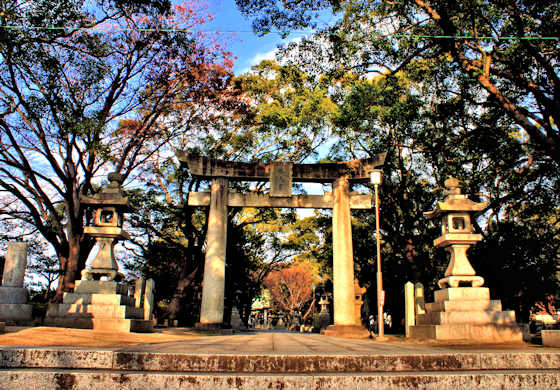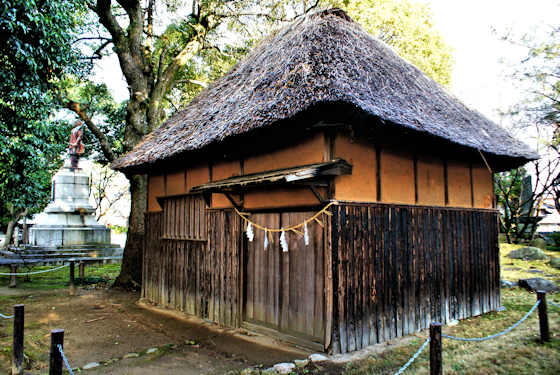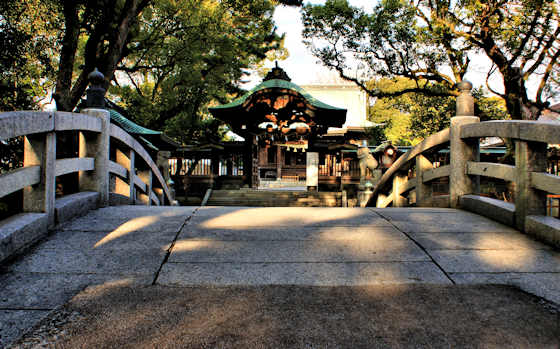Wednesday, January 19, 2022
Day 14 on the Ohenro Trail Winds Down
Monday, January 17, 2022
Christmas Morning at a Tenmangu Shrine
Xmas
Saturday, January 15, 2022
Rakusuien Garden Hakata
Rakusuien
As well as the main house, there is also a small, rustic, traditional tea room that I will post about soon.
It is open every day from 9 to 5 except Tuesdays. Entry is a mere 100 yen, with matcha and seasonal sweet available for 500 yen.
Thursday, January 13, 2022
Mishima Shrine & Misosogi Shrine
Mishima
The Kunisaki Peninsular is a roughly circular volcanic cone, and from the central high point a series of 28 valleys raditae out. What this means is that to walk around the peninsula involves an awful lot of ups and downs.
Tuesday, January 11, 2022
Suitengu Shrine Kurume
Kurume 久留米
It felt like a "national", political shrine and researching it has confirmed my feeling.
Now enshrined here are Amenominakanushi, the kami who created the universe and who is enshrined in hundreds of shrines but only since 1868, Next is Antoku, the child emperor who drowned at the Battle of Dannoura. Prior to 1868 emperors who not enshrined in "shinto" shrines. Emperors who died violently, like Antoku, were enshrined in Buddhist temples, many of which were "converted " to shrines after 1868. Also enshrined are Taira no Tokiko. wife of the famous Taira Kiyomori, and their daughter, Taira no Tokuko, the mother of Antoku.
In 1862 he was involved in an anti-government "disturbance" in Fushimi in Kyoto and was briefly held under house-arrest. Pictured above is a replica in the shrine grounds of the house he was held in.
The grounds of the shrine are quite large and pleasant, with lots of trees, but like many of what I would call the political shrines, it is quite sombre and austere and not much sign of local peoples involvement.
Friday, January 7, 2022
Kingenji Temple
金源寺
I visited in late November, and at this elevation, the autumn colors had passed and the paddy had been drained, but there were a few vestiges of color.....
Thursday, January 6, 2022
Taishi-ji Temple 5 on the Kyushu Pilgrimge
Labels:
Fudo Myojin,
fukuoka,
jizo,
kyushu108,
temple
Subscribe to:
Posts (Atom)


